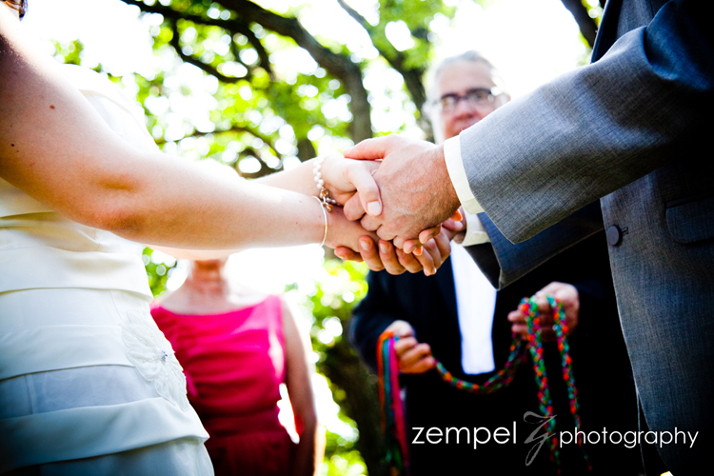Wedding Website Warning
I’d like to issue a gentle wedding website warning to couples who are planning a personalized, custom wedding. Now don’t get me wrong, I think wedding websites can be great as communication vehicles, but they can get in the way if your ceremony is going to include the same kinds of information you’re putting up on your website.
A wedding website can be a convenient, accessible and environmentally friendly way to make sure your guests know about blocks of hotel rooms and special rates you’ve arranged for them, or to provide directions to wedding day venues. They are great places to share information about registries you’re listed on, and even to provide brief bio information on your wedding party. I’ve also seen RSVPs managed from wedding websites, saving on printing costs, paper use and postage. All these are great uses for your wedding website.
If, however, you’re working with your celebrant to have a personal ceremony, you’ll want to be careful about the information you share about yourselves as a couple on your wedding website. If your guests have made the effort to read about how you met, how your relationship grew, and even how the proposal happened, you don’t want to bore them by repeating that information at your ceremony. I encourage couples I work with to be thoughtful about what they put on their wedding website and to make sure they share different anecdotes and thoughts about their relationship with me.
By sharing different information on your wedding website and during your personalized wedding ceremony, you ensure that your guests learn more about you as a couple, and are able to see and celebrate more aspects of your love and relationship. Many wedding websites are free and easy to set up, so go ahead and share all kinds of useful information for your guests on yours. Just remember my wedding website warning so your wedding ceremony isn’t simply a restatement of what they’ve already read online.

